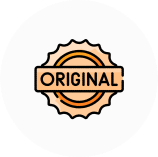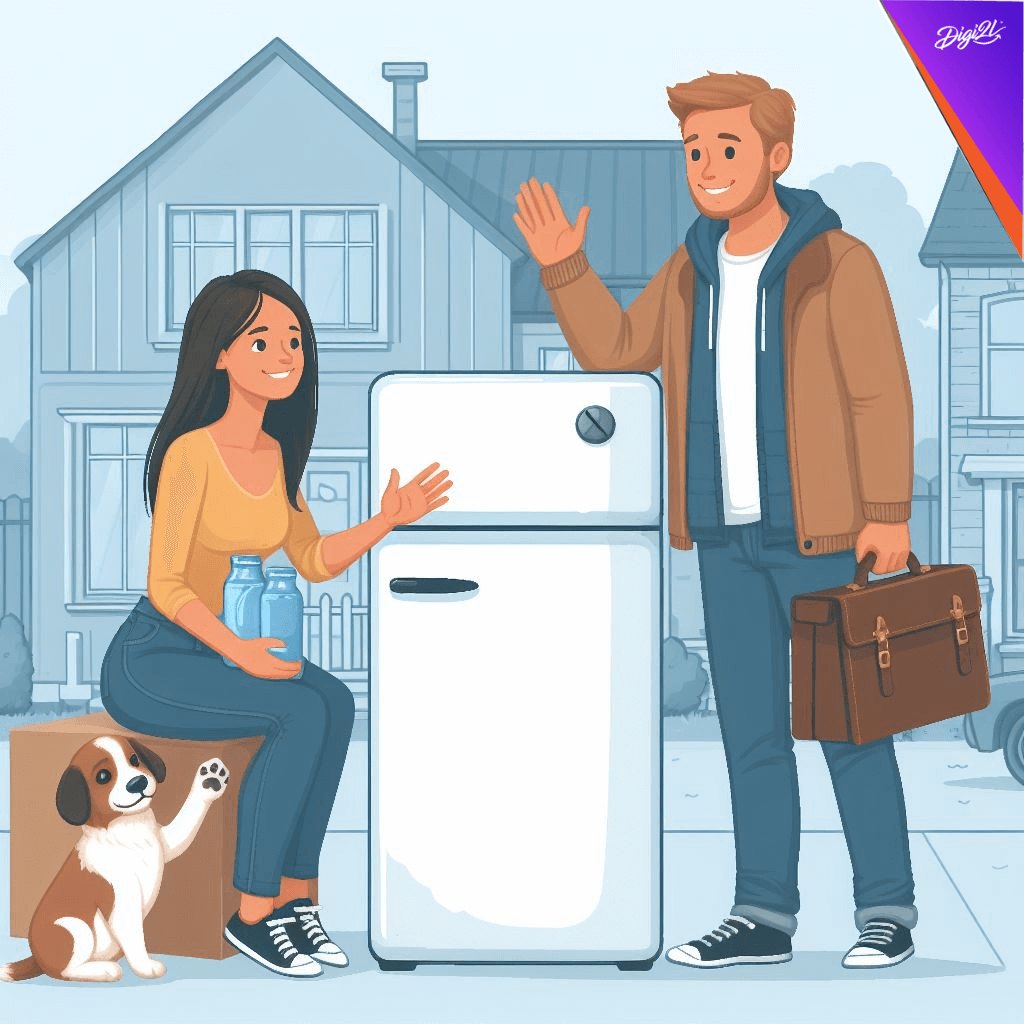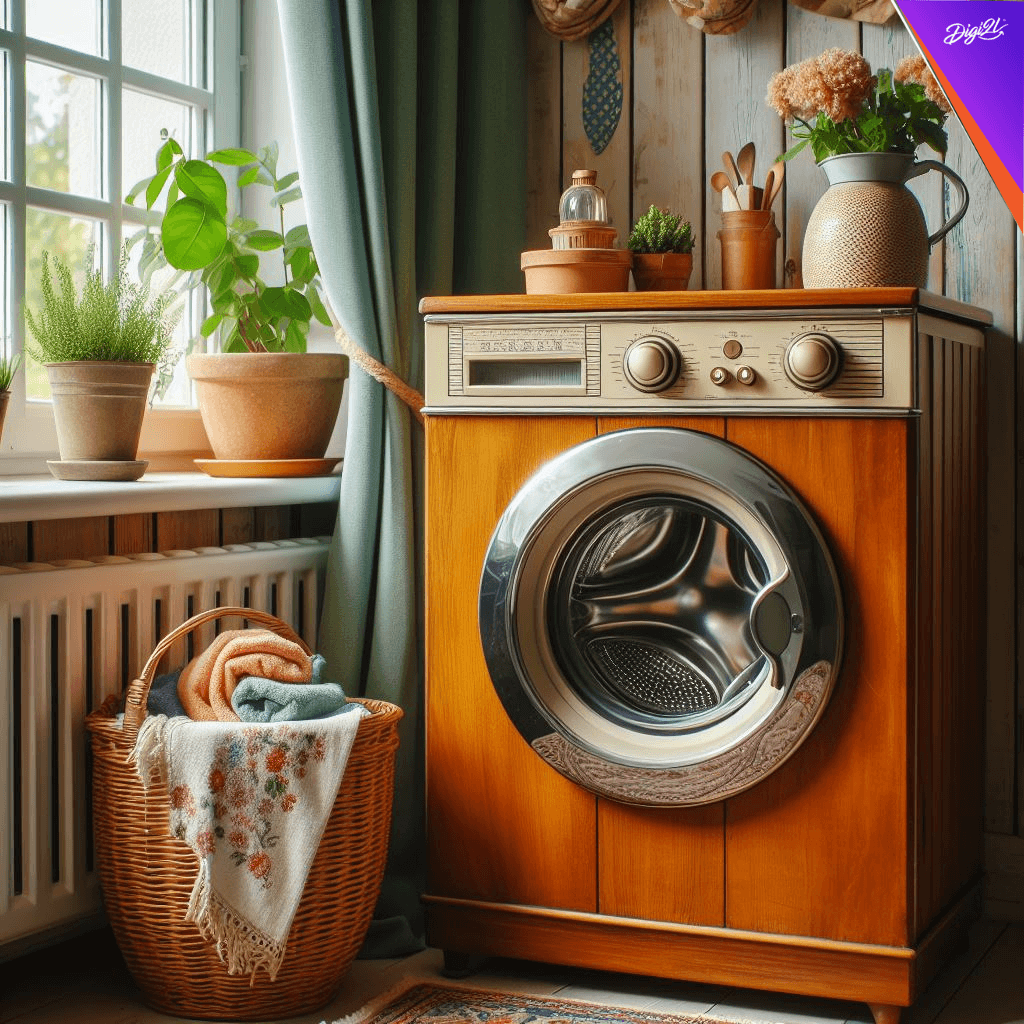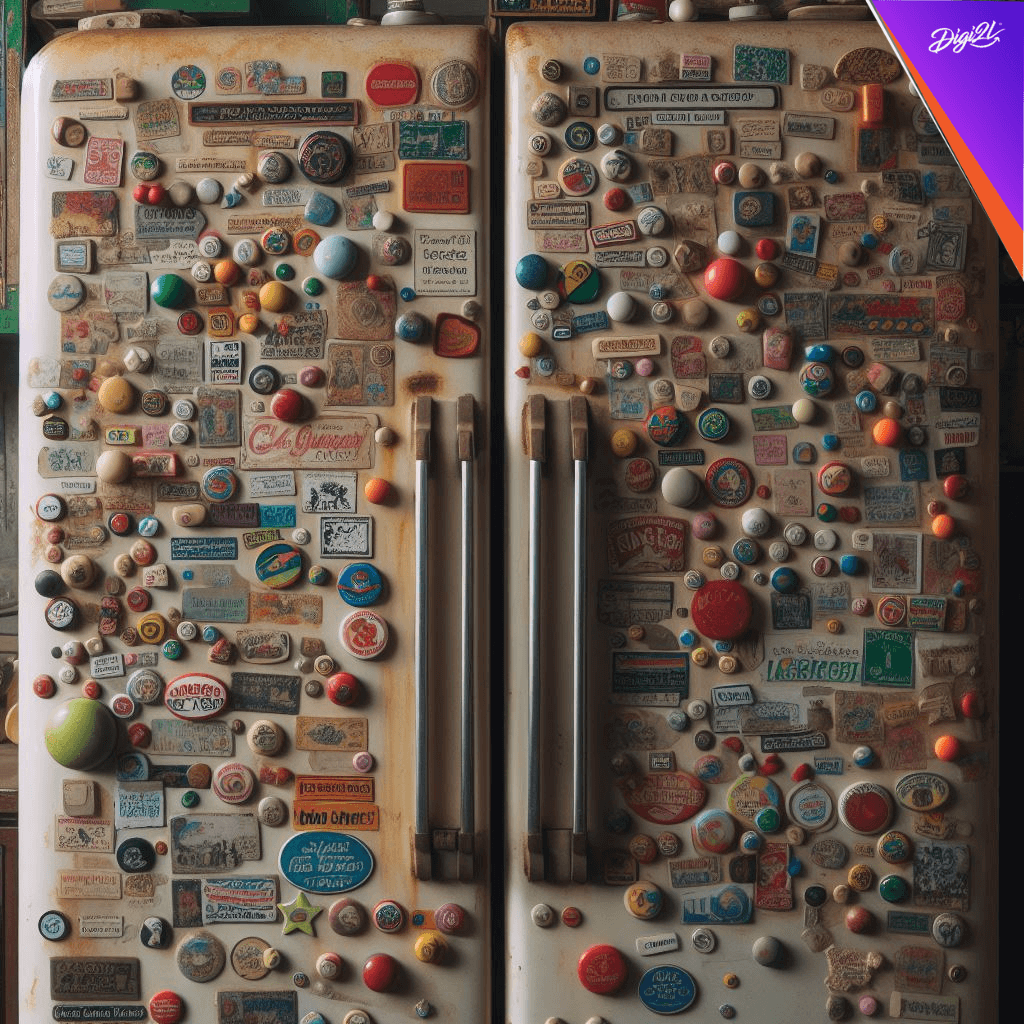
Please Wait ...

Please Wait ...
Enquiry






Curently We are Not Serviceable In this Pincode
91 Springboard, Business Hub, Godrej & Boyce, Gate No. 2, LBS Marg, Vikhroli West, Mumbai, 400079
91 Springboard, Business Hub, Godrej & Boyce, Gate No. 2, LBS Marg, Vikhroli West, Mumbai, 400079
91 Springboard, Business Hub, Godrej & Boyce, Gate No. 2, LBS Marg, Vikhroli West, Mumbai, 400079
91 Springboard, Business Hub, Godrej & Boyce, Gate No. 2, LBS Marg, Vikhroli West, Mumbai, 400079
91 Springboard, Business Hub, Godrej & Boyce, Gate No. 2, LBS Marg, Vikhroli West, Mumbai, 400079
91 Springboard, Business Hub, Godrej & Boyce, Gate No. 2, LBS Marg, Vikhroli West, Mumbai, 400079
91 Springboard, Business Hub, Godrej & Boyce, Gate No. 2, LBS Marg, Vikhroli West, Mumbai, 400079
91 Springboard, Business Hub, Godrej & Boyce, Gate No. 2, LBS Marg, Vikhroli West, Mumbai, 400079
91 Springboard, Business Hub, Godrej & Boyce, Gate No. 2, LBS Marg, Vikhroli West, Mumbai, 400079
Min
Max
₹5,000
₹45,000
Suggested Price







Blogs> Let’s learn to disinfect our home appliances & know some eco-friendly DIY recipes for the same too!

Disinfecting home appliances is a crucial aspect of maintaining a clean and healthy living environment, especially in high-touch areas prone to accumulating germs and bacteria. Each household appliance requires specific care and cleaning methods to ensure effective disinfection without causing damage. Starting with the refrigerator, it’s essential to unplug the appliance, remove all food items and shelves, wash them with warm, soapy water, and then wipe down the interior surfaces with a suitable disinfectant solution. This ensures that any lingering bacteria or spills are thoroughly cleaned, promoting food safety and preventing unpleasant odors. Microwaves can be disinfected by wiping down the exterior surfaces with a disinfectant solution and using steam to loosen food particles inside. Ovens and stoves require following the manufacturer’s instructions for cleaning, including removing grates and burner covers, and using appropriate cleaners to ensure a thorough disinfection. Similarly, dishwashers and washing machines need regular cleaning to prevent mold and bacteria buildup. This involves running cleaning cycles with specialized cleaners and wiping down the exteriors with disinfectant solutions to maintain hygiene and prevent foul odors. Even smaller appliances and electronics such as toasters, blenders, TV remotes, and game controllers require attention. It’s essential to unplug these devices before cleaning, wash removable parts with warm, soapy water, and wipe down exteriors with disinfectant solutions or wipes to remove germs and dirt effectively. For those interested in eco-friendly cleaning alternatives, homemade disinfectants using natural ingredients can be a great option. Vinegar and water solutions, hydrogen peroxide mixes, citrus-infused vinegar cleaners, tea tree oil sprays, lemon juice and baking soda scrubs, and essential oil disinfectant sprays are effective alternatives. These solutions harness the natural antimicrobial properties of ingredients like vinegar, tea tree oil, and essential oils while minimizing exposure to harsh chemicals and reducing environmental impact. By adopting these cleaning and disinfection practices, individuals can create a clean and healthy home environment while also promoting sustainability and eco-friendliness. It’s important to always read and follow manufacturer instructions and test homemade solutions on small areas before widespread use to ensure effectiveness and safety.
Disinfecting home appliances is essential for maintaining a clean and healthy environment, especially in high-touch areas. Here’s a general guide on how to disinfect various home appliances:
Remember to always read and follow the manufacturer’s instructions for cleaning and disinfecting specific appliances to avoid damaging them.
Creating eco-friendly disinfectants for old home appliances is a great way to clean effectively while minimizing your environmental impact. Since Digi2l believes and strives in achieving green and eco friendly initiatives, we love to share here are some DIY recipes using natural ingredients:
These homemade eco-friendly disinfectants are effective for cleaning home appliances and surfaces while reducing your exposure to harsh chemicals and minimizing environmental impact. Remember to label your bottles, keep them out of reach of children and pets, and test them on a small area before using them on sensitive surfaces.

By Digi2L - April 27, 2024

By Digi2L - April 26, 2024

By Digi2L - April 25, 2024